Donald Trump has made the 2016 election the most racially charged election in recent history. From his announcement as a candidate, he has insulted Latinos (calling them rapists and criminals) and Muslims (calling them terrorists, demanding a moratorium on their entry), maligned women, retweeted white supremacists and condoned hate speech. Trump’s candidacy has unleashed a wave of bigotry. Yet even as he sells himself to increasingly angry crowds, a very different movement is taking hold. Twenty-first century civil rights protests against police violence and deportation raids have emerged, and a growing coalition of progressives is calling for campaign reform laws, free college and new rules for corporations.
Since at least 1968, the Republican Party has relied on the white vote to win elections, while the Democratic Party has expanded to reflect our increasingly diverse population. According to Pew Research, Latinos, African Americans and Asian Pacific Islanders currently make up 31% of the electorate. Over the past four years, 40 million people have registered to vote, and 26% of these registrants have been people of color.
If people of color participated in elections at the same rate that whites do, a progressive majority would be ensured. Women also are more likely to vote for progressive candidates than men. Millennials are the most progressive generation in America.
Yet we know it may be difficult to replicate the high turnout rates among people of color, women and young people that President Obama generated. Voters are skeptical of the political establishment, unhappy with the presidential choices, and frustrated with slow job growth, no wage growth, the rising costs of health care, college and housing, and disturbed about police violence.
Moreover, a number of states have reversed efforts to make it easier for citizens to vote by mail or vote early. Some have rescinded same-day voter registration and provisional ballots. Others have reduced the number of polling places and caused long delays in of-color and low-income neighborhoods. This year in Missouri, efforts to disenfranchise communities of color have culminated in a state ballot initiative reflecting the restrictive voter ID laws that recently were overturned in North Carolina and Wisconsin. So we must have a vigilant voting rights protection program to ensure that everyone who wants to vote actually can do so on Election Day, and that Election Day “irregularities” don’t steal votes.
Finally, we know that the Koch brothers are copying labor’s one-on-one canvassing in key swing states, and going door to door in U.S. Senate and state political races. While not supporting Trump directly, they are pumping hundreds of millions of dollars into fueling division and fear among economically anxious white voters.
So for all these reasons, it is critical that the labor movement work to build solidarity among union members and working people. In all of these states, we want to mobilize our best activists—many of whom are people of color—to turn out as many volunteers as possible to talk to union households.
But a vigorous Labor 2016 operation will not be enough in this environment. As the Executive Council has emphasized repeatedly, in this moment it is critical that labor fiercely “fight the injustices done to people of color and simultaneously emphasize the common interests that all workers share.” We have to call out bigotry and systemic racism whenever and wherever we see it, and support the struggles of all working people.
We also need to mobilize of-color talent and leadership within the labor movement to work with communities of color during this electoral cycle. Our constituency groups can ensure we use election work to build political power for the labor movement and strengthen infrastructure with local community groups.
If labor expands its own political and electoral programs in our targeted states and strongly connects to communities of color, women and young people, we can build an unstoppable voting bloc. We commit to the following mobilization goals for Labor 2016 to ensure that communities of color, women and millennials are central to our electoral strategy in this election:
- We will forcefully call out and condemn every right-wing attempt to divide working people by stoking racial anxieties and fears.
- We will work with labor’s constituency groups, labor leaders of color and community groups to make the issues and experiences of workers of color a central part of the national debate leading up to the election.
- We will speak up for the issues most important to women, people of color and young people (equal pay, paid sick leave, $15 minimum wage, paid leave, immigration, criminal justice reform, free college, fair scheduling and racial justice) in the media and on the ground.
- We will encourage candidates of color who stand for our issues to run for office, and we will work to ensure their success.
- We will further diversify our political program to include research specific to communities of color; greater support for (c)(4) capacity to turn out communities of color; more support for people of color to be surrogates and national voices to represent the labor movement; and more investments in media that target communities of color.
- We will strengthen our partnerships with the most effective organizations representing people of color at the state and local levels.

